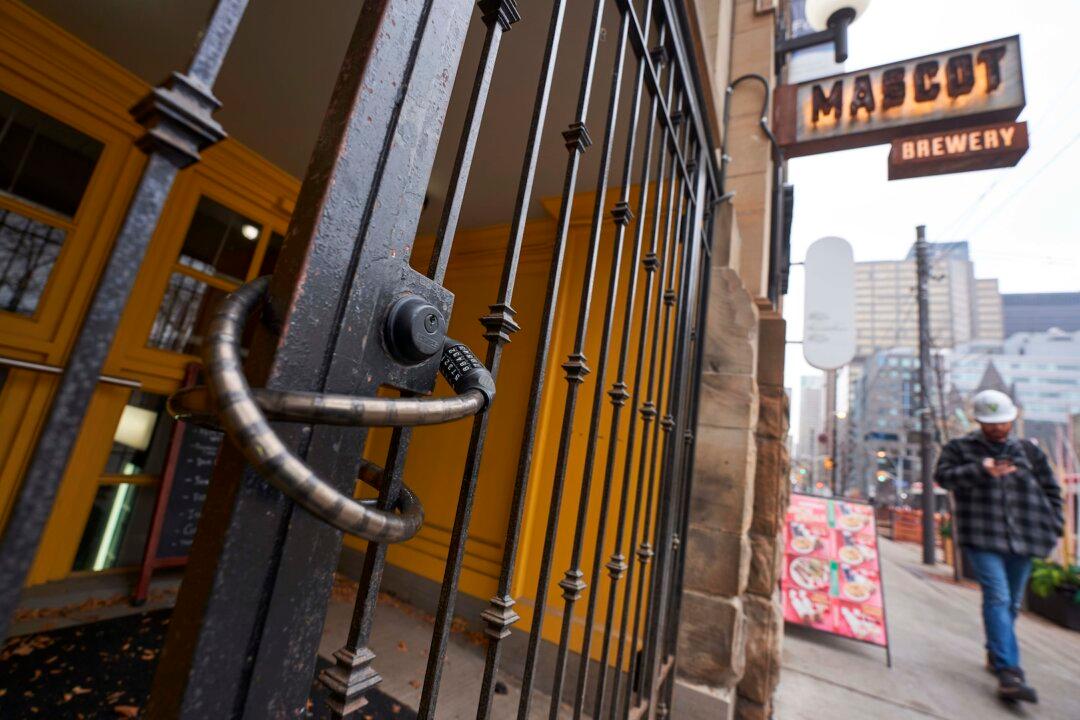A newly released essay by Douglas Allen, professor of economics at Simon Fraser University, examines why governments repeatedly used lockdowns during COVID-19 even after it became clear lockdowns were ineffective and “failed to isolate the virus and stop it from spreading.”
Lockdowns were sustained with political support, suggests Allen, and lockdowns had “many winners.”





